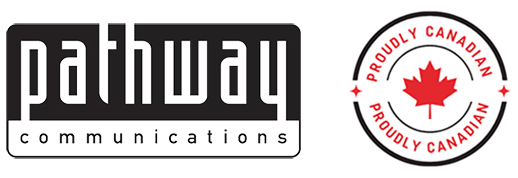Making the most out of customer satisfaction surveys.
Internal QA scores and customer satisfaction surveys don’t always reach the same conclusions.
For example, an end-user customer at a hospital has trouble logging into his medical application. He calls up the help desk. The agent checks the customer’s user enrollment. He discovers the ID in the system does not match the customer’s login ID, which, the agent determines, is a carry forward from a prior employer. He advises the customer that the only way to resolve the issue is by contacting the registration centre at his new employer. The call closing and the subsequent QA score are both flawless. However, in the call back survey the customer rates the service as unsatisfactory. The help desk supervisor evaluates the agent’s notes and calls the customer back to find out why. The customer confirms the incident was resolved but reveals a lack of awareness about help desk standards and processes. The supervisor finally clears up the misunderstanding to the customer’s full satisfaction.
A word about QA practices. These typically focus on metrics of importance to the contact center such as caller verification, adherence to script, screen navigation, accuracy of information and treatment of the customer. A CSR’s peer, supervisor or QA team member listens to the calls and evaluates the customer’s experience. What’s important to keep in mind is that quite often calls are weighted on metrics that are more important to the organization than to the customer. The reality is that customers do not view the call in the same light as the person who is evaluating it. On one hand performance metrics are measured against concrete SLA benchmarks while on the other hand things are a bit more ambiguous.
On a macro level disconnect between action and perception adds up. In a nationwide survey of Canadian contact centers 80% of companies said they deliver “superior” customer service but only 8% of customers agreed.
If you want a more accurate measurement of customer satisfaction consider taking all three of these steps in post call analysis.
- Self-evaluation – the agent should listen to own call and make his own assessment. People are not used to hearing their own voices. Learning how one sounds can be an eye opener and often results in a change of approach for the better.
- Internal review/peer evaluation – this will tell you what the company thinks about the call.
- Customer feedback – reveals how customers perceive the help desk experience.
The closed ticket call back (CTCB) is the most common method to capture client satisfaction levels. When feedback is collected verbally you are likely to elicit a more emotional response. While this can be a good thing it may not provide a true measure of satisfaction. Customers are often diffident about hurting the caller’s feelings or feel like they owe an explanation even if none is forthcoming.
On the other hand, most ticketing systems have inbuilt email surveys for data collection. Customers prefer the anonymity and may even provide a more accurate though visceral response to the targeted questions. Customers who take the trouble to fill out the survey often use it as a platform to vent their feelings and such survey results do tend to skew towards ‘dissatisfied’. However, email survey notices can also get ignored and tend to draw fewer responses. Here are a few ways to increase response levels.
- Time is of the essence. Sooner the better. But customer fatigue is also a factor. For 10 calls received from one customer are you going to schedule 10 call back surveys? That could be too much. Set the threshold where a customer is not eligible to be called again.
- Don’t make the rating scale too large. 1- 4 is ideal. Try and avoid neutral answers. Either the customer was happy or not happy.
- Brevity. You might want detailed feedback but clients respond most to short targeted questions.
And finally, don’t just collect the info and not do anything. Take action. After the customer satisfaction survey conclusions are tallied and remedies implemented call the customers again and tell them what actions were taken. Why this is important? For one, customers are more likely to give valuable feedback in the future if they know something is being done, that their feedback matters.
Comments are closed, but if you would like to discuss opportunities for expanding your technical support contact centre into a business intelligence gathering unit, email the pathway team ctogroup@pathcom.com

